Peter King - M0LNB
Playing with Radio, Satellites and the Moon
HF Communications
This page shows how I set up for FT8 over HF and understand how it works. It is based on experiences with my HF station at M0LNB, so is just one example of how to do it. Please note I'm always eager to learn more and there could be something incorrect here, but will try to make it as informative as possible.
HF: Setup
HF: Propagation
HF: Link Budget
HF: Loop Antennas
HF: Rybakov Vertical Antenna
HF: Beamforming and Interference Cancellation
HF: Loop Rotator
HF: Antenna Matching/Tuning Unit (ATU)
HF: Radio - ic7300
HF: Software - WSJT-x
HF: Software - FT8 Modulation and Coding
HF: Software - Example QSOs
HF: Setup
HF: Propagation
HF: Link Budget
HF: Loop Antennas
I use two loop antennas, both on rotators and combined in an antenna phasing summing unit for receive; this enables nulling and cancellation of interference and some array gain (up to 3dB). The actual loops are 1.2m in diameter and use two parallel coils to lower the inductance. The material used is underfloor heating pipe about 1" diameter. The amplifiers are from LZ1AQ and work very well. There is an outdoor unit (differential high IP3 amplifier) and an indoor unit (bias and balun) connected together with screened CAT6A Ethernet cable. Here are some photos of what I constructed.
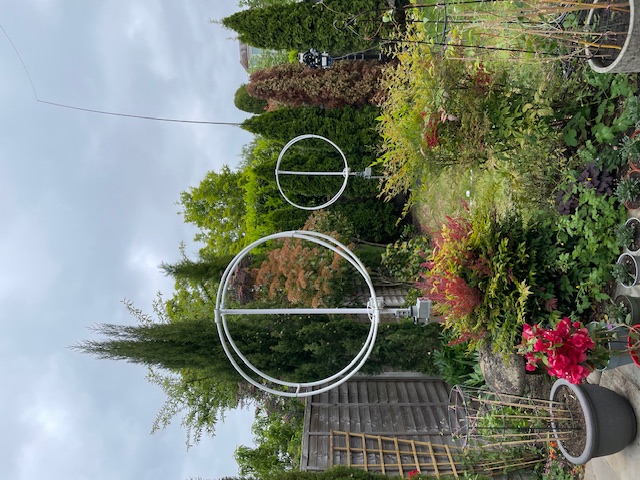 |
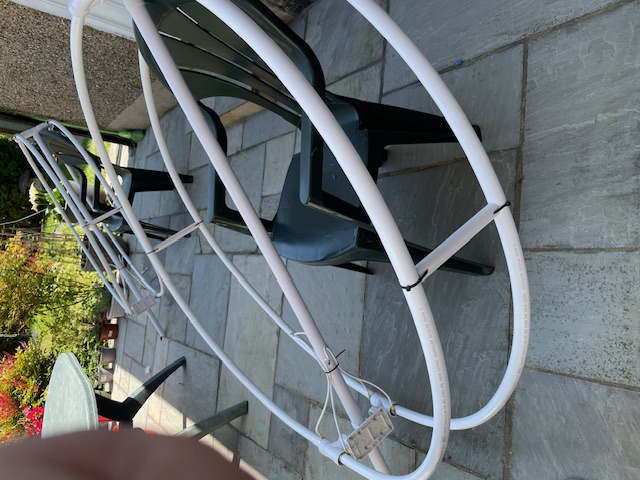 |
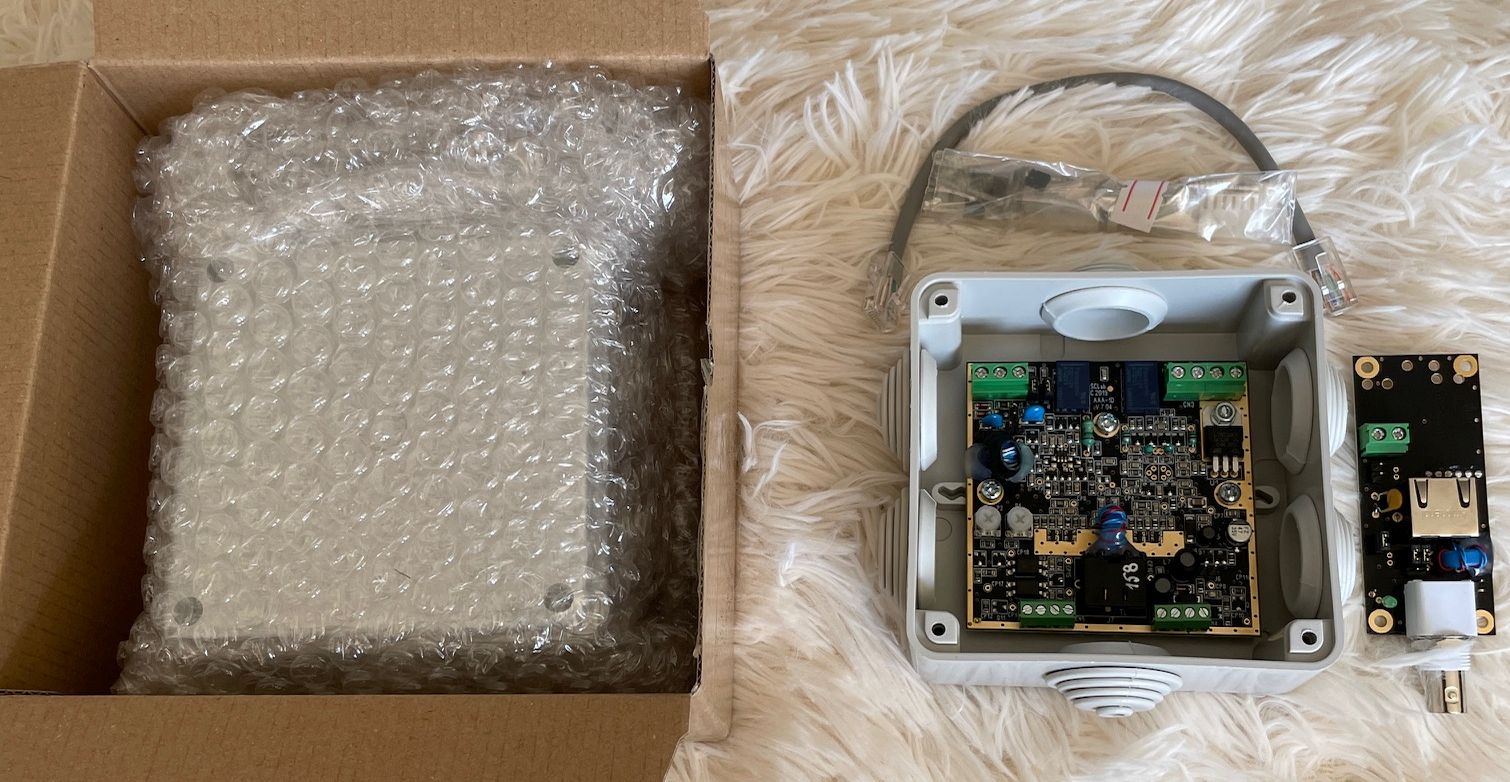 |
|
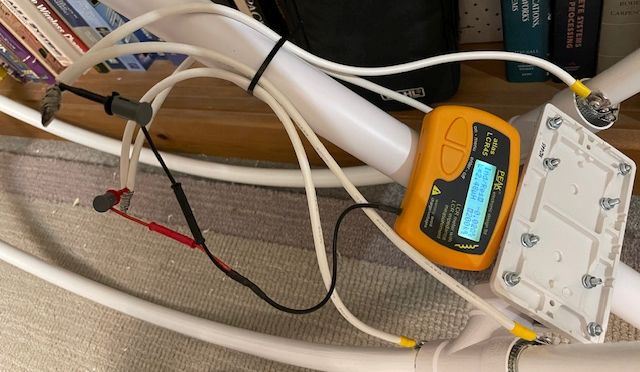 |
|
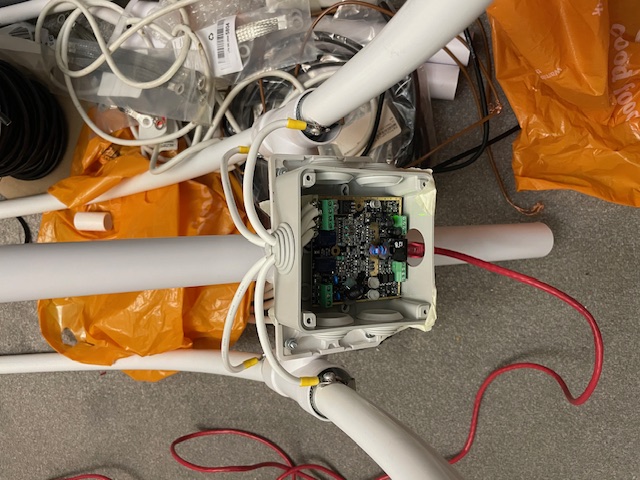 |
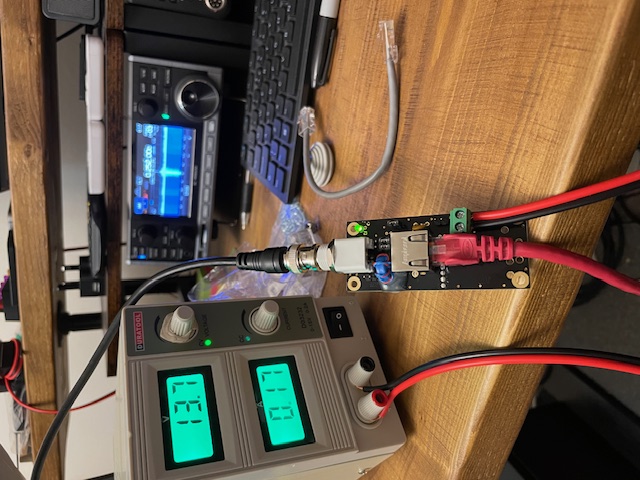 |
HF: Rybakov Vertical Antenna
On HF my main interest is listening and DX, but when transmitting it is usually FT8, and for this the Rybakov vertical antenna is adequate for me and the size of our garden here. The performance is quite good and it is wideband from 40m to 10m bands. When combined with a tuner, it works fine for FT8. Note I only use the Rybakov for TX and loops for receive. Another plus is it's very cheap to build (<£100) and you can make it in a few hours. The VSWR plot below is measured in the shack and includes the 4:1 unun and 20m of Hyperflex 13 cable but excludes the ATU matching unit.
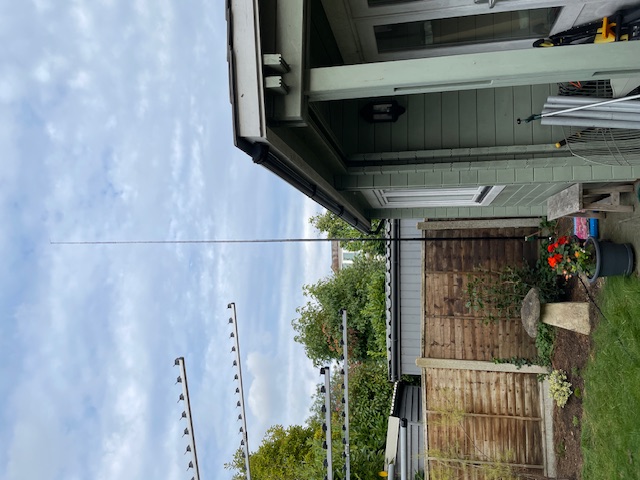 |
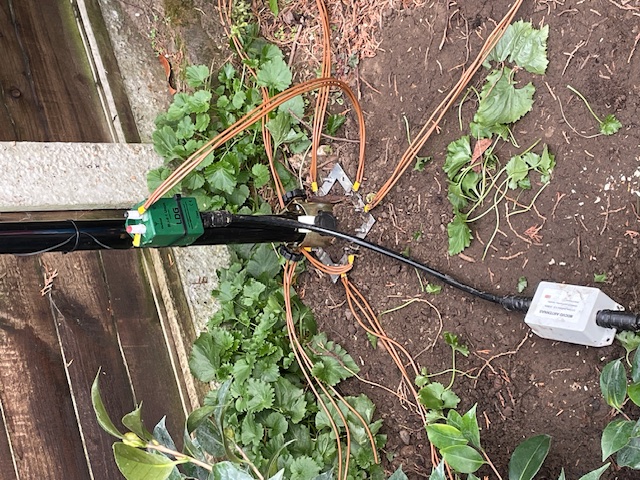 |
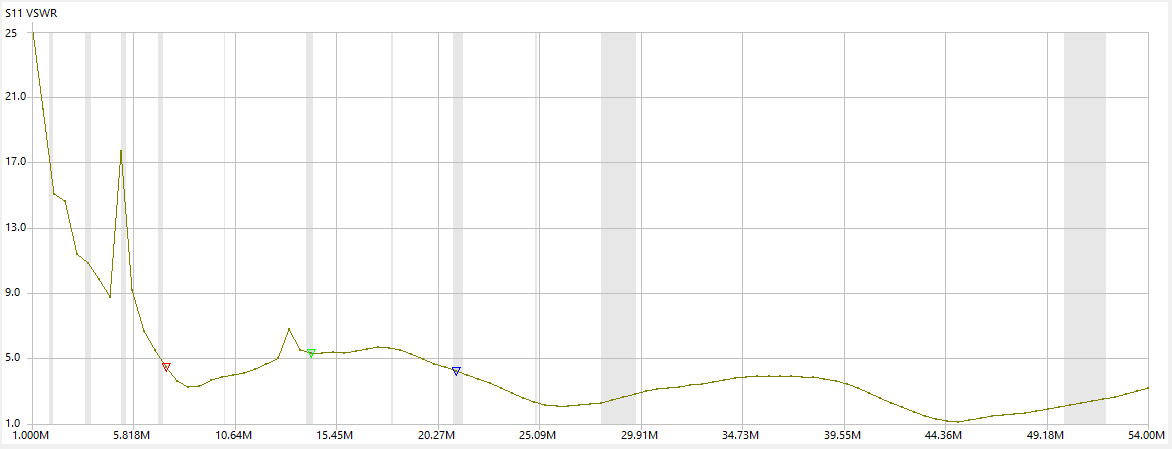 |
|
HF: Beamforming and Interference Cancellation
HF: Loop Rotator
HF: Antenna Matching/Tuning Unit (ATU)
HF: Radio - ic7300
HF: Software - WSJT-x
HF: Software - FT8 Modulation and Coding
HF: Software - Example QSOs
